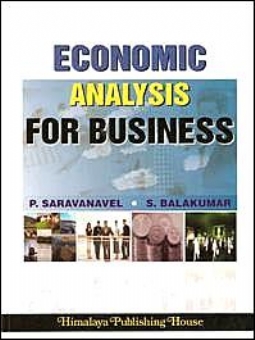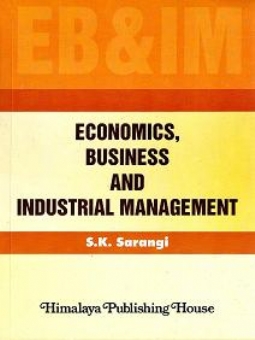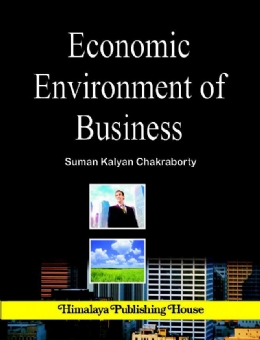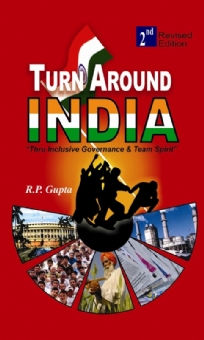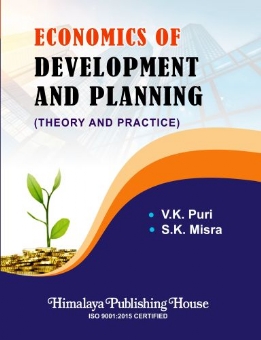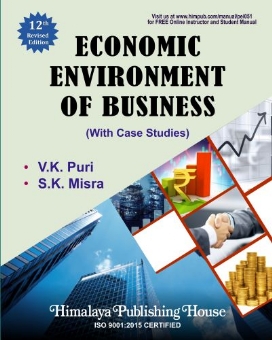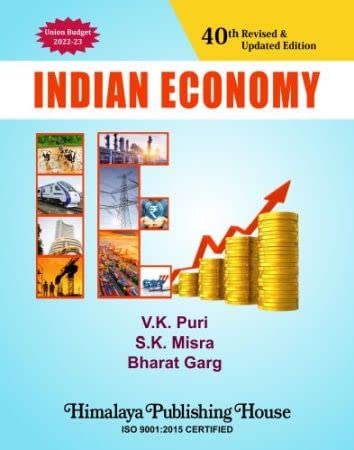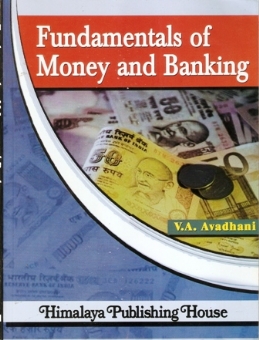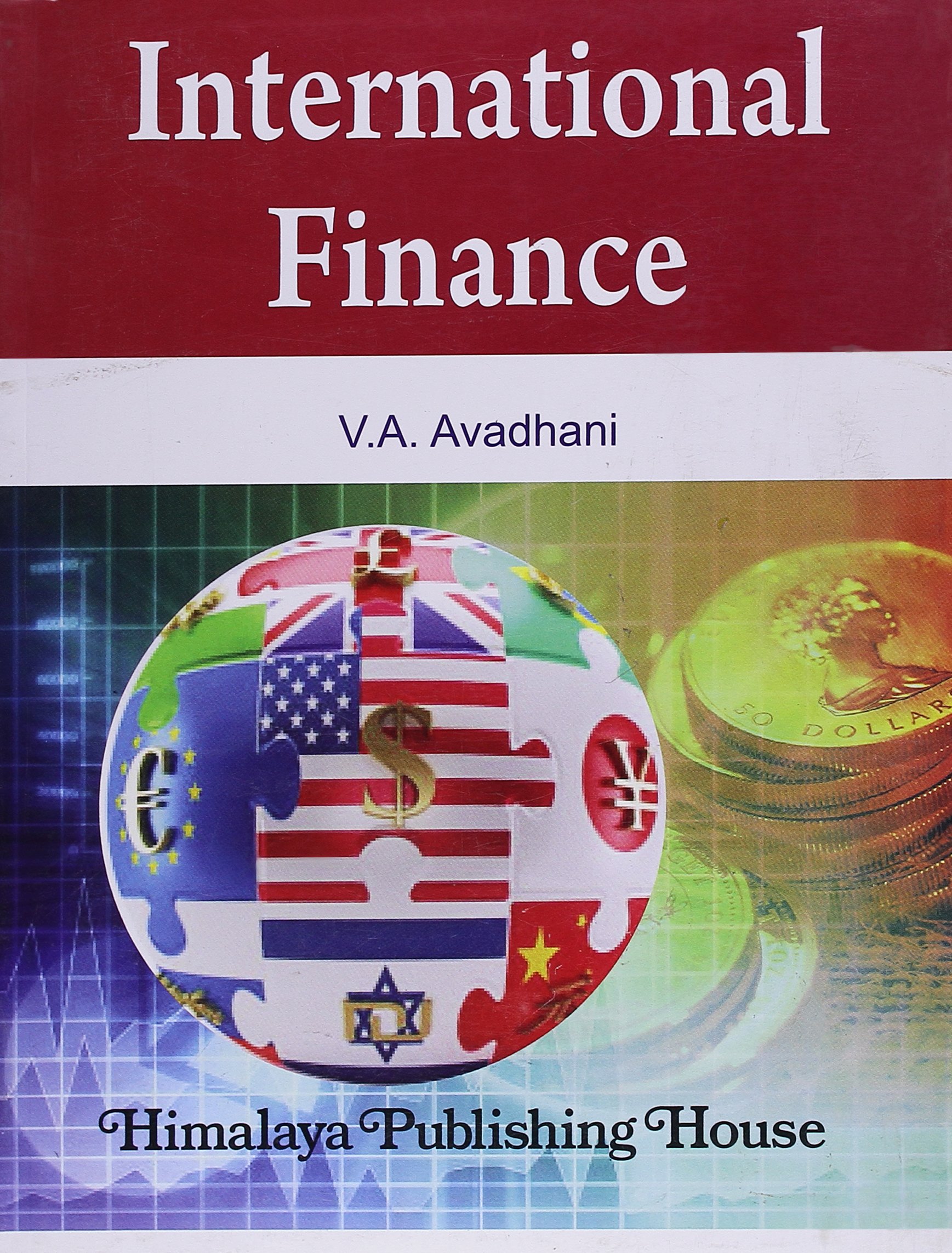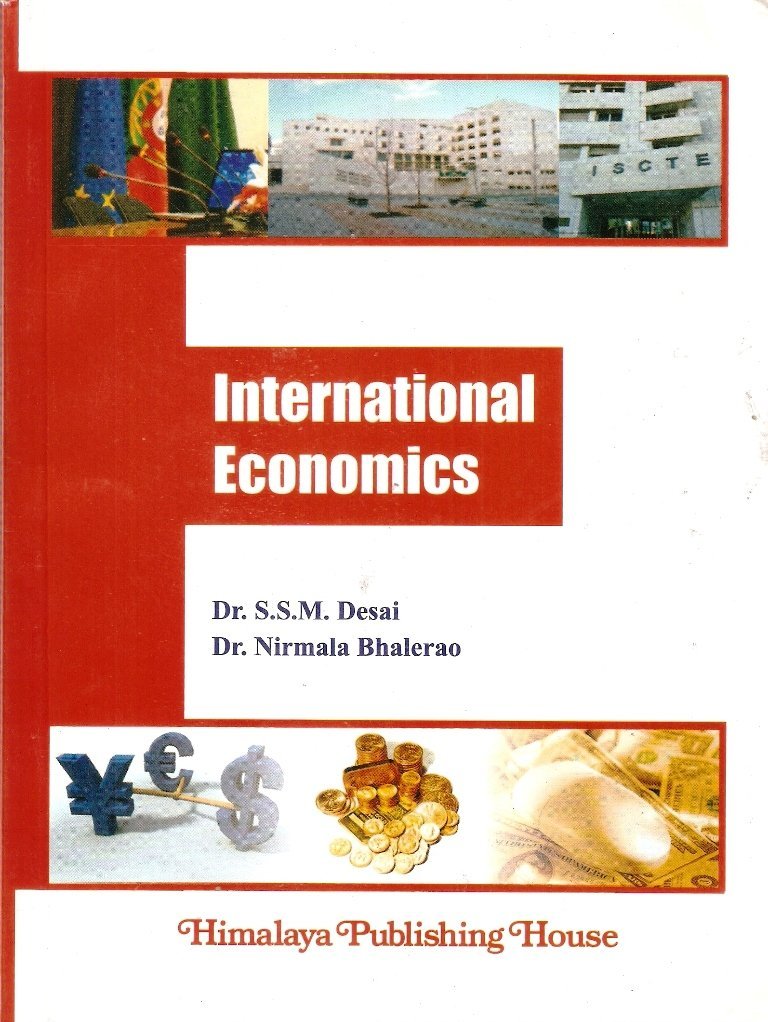Buy Academic Books Online in India | Second-Hand Academic Books
Featured Products
Economics, Business and Industrial Management
₹445.50
M.R.P.:₹ 550.00
You Save: ₹104.50 (19.00% OFF)
Economics of Development and Planning (Theory & Practice)
₹805.95
M.R.P.:₹ 995.00
You Save: ₹189.05 (19.00% OFF)
Economic Environment of Business (With Case Studies)
₹789.75
M.R.P.:₹ 975.00
You Save: ₹185.25 (19.00% OFF)


